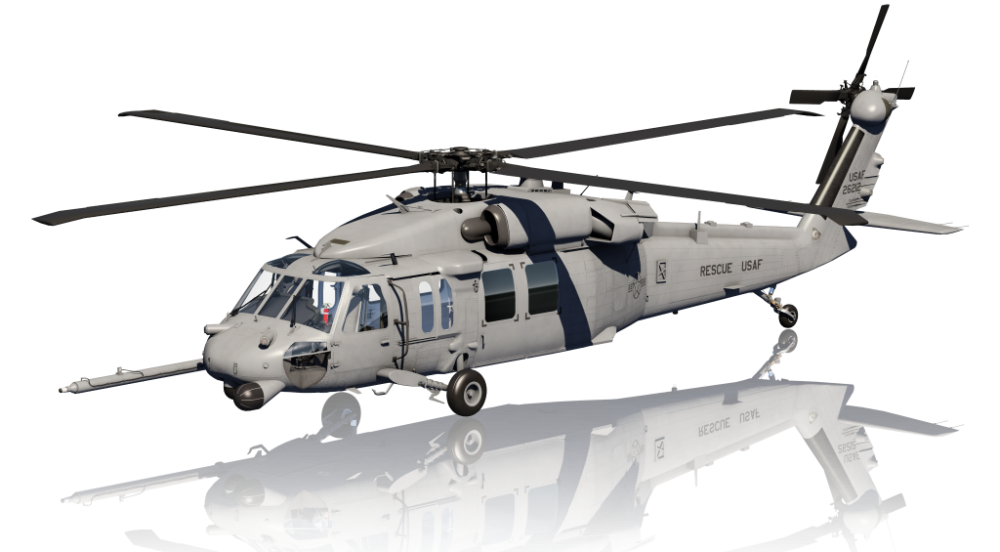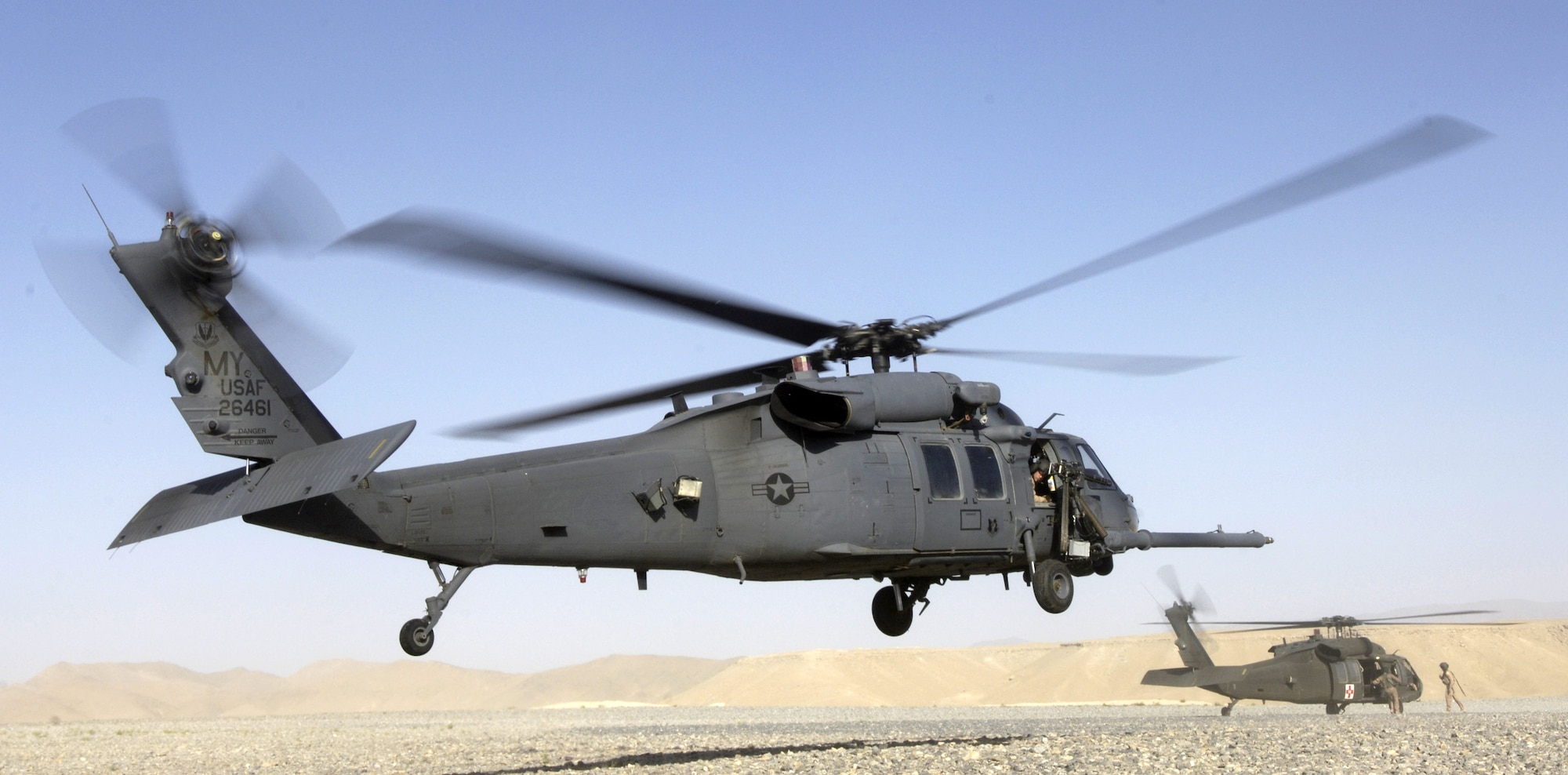The Influence of Lasting Practices on the Future of Aircraft Procedures and Emissions Decrease
As the aviation market faces boosting analysis over its environmental impact, the fostering of lasting practices emerges as a vital path toward future aircraft operations and discharges reduction. Technologies in lasting aviation fuels and improvements in crossbreed propulsion technologies stand at the leading edge of this makeover, promising considerable decreases in greenhouse gas emissions.

Review of Lasting Practices
Lasting techniques in airplane operations include a variety of methods focused on lowering environmental impact while keeping functional performance. These techniques are essential in the air travel sector's commitment to decreasing its carbon footprint and sticking to global ecological standards. Trick initiatives include optimizing trip courses to lower fuel consumption, enhancing maintenance protocols to make sure aircraft run at peak performance, and carrying out sophisticated technologies such as winglets and lightweight materials that improve the rules of aerodynamics.

Engaging and educating personnel on sustainability techniques likewise play an essential duty, fostering a society of ecological obligation within companies. Overall, the assimilation of these lasting techniques not only assists reduce discharges yet also boosts the long-lasting viability of the aeronautics industry, ensuring it meets the needs of both clients and governing bodies while adding to international sustainability objectives.
Cutting-edge Fuel Alternatives
Various ingenious gas choices are emerging as crucial services to lower the aviation market's reliance on conventional nonrenewable fuel sources. Amongst these options, Sustainable Aeronautics Gas (SAFs) have gained considerable interest due to their prospective to lower lifecycle greenhouse gas emissions by as much as 80% contrasted to conventional jet fuels. SAFs are originated from different feedstocks, consisting of waste oils, farming residues, and also algae, making them a flexible choice for the market.
One more encouraging alternative is hydrogen gas, which, when used in gas cells, generates just water vapor as a by-product. Additionally, electrical propulsion systems are being explored, leveraging battery technology to power aircraft.
Last but not least, biofuels stemmed from biomass are being examined, supplying a renewable option that can be combined with traditional gas. Jointly, these innovative gas choices represent an important step toward attaining a lasting aeronautics environment, straightening with international discharges decrease targets and improving the sector's ecological stewardship.
Technical Advancements in Air Travel

Just how can technological innovations improve the future of air travel? Advancements such as hybrid and electric propulsion systems are at the center, encouraging substantial reductions in fuel usage and greenhouse gas exhausts.
In addition, the implementation of innovative products, such as lightweight compounds, adds to enhanced aerodynamics and fuel performance. The usage of expert system and artificial intelligence in flight procedures enhances course preparation and reduces gas melt by allowing real-time changes based upon climate and web traffic problems. In addition, the advancement of self-governing and remotely piloted airplane systems stands to revolutionize cargo and guest transportation, possibly boosting efficiency while reducing human error.
In addition, sustainable air travel modern technologies, including sophisticated air web traffic management systems, can decrease and simplify procedures congestion, leading to lower discharges throughout trip. These developments jointly represent a standard shift in air travel, promising a future where sustainability and operational performance are intertwined, thereby supporting the industry's dedication to minimizing its environmental impact.

Regulative Structure and Compliance
Taking into account the expanding emphasis on ecological this stewardship within the aviation sector, the regulative structure controling airplane operations is advancing to promote lasting techniques. Governing bodies, such as the International Civil Aviation Company (ICAO) and various national aeronautics authorities, are introducing stringent standards aimed at minimizing emissions and boosting functional effectiveness.
These guidelines frequently consist of the adoption of Sustainable Aviation Gas (SAF), which has actually been identified as an essential part in achieving reduced carbon impacts. Compliance with these policies needs airlines to apply advanced innovations and functional techniques, such as enhanced trip courses and improved air traffic monitoring, to decrease gas intake.
In addition, the enforcement of discharges trading schemes and carbon countering efforts is coming to be significantly widespread, compelling airline companies to monitor and report their discharges precisely. Non-compliance can result in substantial penalties, thus pushing drivers to focus on sustainability in their organization designs.
Eventually, the progressing regulatory landscape not just drives technology and investment in environment-friendly innovations yet additionally promotes a culture of responsibility within the air travel industry. As these structures remain to develop, the concentrate on lasting practices will be integral to accomplishing the field's long-lasting ecological objectives.
Future Patterns in Aircraft Workflow
As the aviation market adapts to an increasingly stringent regulative environment, future fads in airplane operations are set to concentrate on ingenious solutions that better boost sustainability and effectiveness - uh 60. Trick advancements will likely consist of the fostering of innovative air traffic administration systems, which make use of real-time data and expert system to optimize trip courses, decreasing gas consumption and discharges
An additional considerable trend is the raised integration of sustainable aviation fuels (SAFs) These options to traditional jet fuel, derived from sustainable resources, can substantially lower lifecycle greenhouse gas emissions. The industry's dedication to SAFs will likely increase as airlines collaborate with fuel manufacturers to guarantee accessibility and cost-effectiveness.
Furthermore, the look here push towards electrification and crossbreed propulsion systems is getting momentum. Arising airplane styles will certainly incorporate these modern technologies, supplying quieter and extra efficient procedures, specifically for short-haul trips.
Conclusion
The fostering of lasting aeronautics gas, paired with developments in hybrid and electrical propulsion systems, is vital for reducing lifecycle pop over to these guys greenhouse gas discharges. Enhancing flight courses and welcoming innovative innovations contribute to a quieter and a lot more eco pleasant aeronautics sector.
Developments in sustainable air travel fuels and developments in hybrid propulsion innovations stand at the forefront of this improvement, appealing significant reductions in greenhouse gas emissions.Countless cutting-edge fuel options are emerging as crucial remedies to reduce the air travel market's reliance on traditional fossil fuels - uh 60. Amongst these alternatives, Lasting Aviation Gas (SAFs) have actually gained significant attention due to their possible to reduce lifecycle greenhouse gas exhausts by up to 80% compared to standard jet fuels.Another substantial fad is the raised assimilation of lasting air travel gas (SAFs) The adoption of lasting air travel fuels, paired with innovations in hybrid and electrical propulsion systems, is crucial for decreasing lifecycle greenhouse gas discharges
Comments on “The Role of UH 60 in Modern Armed Force Procedures”